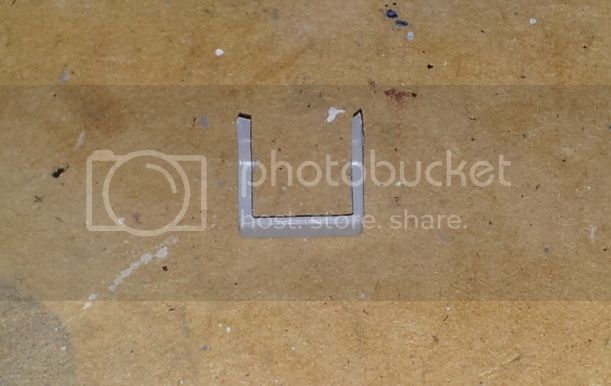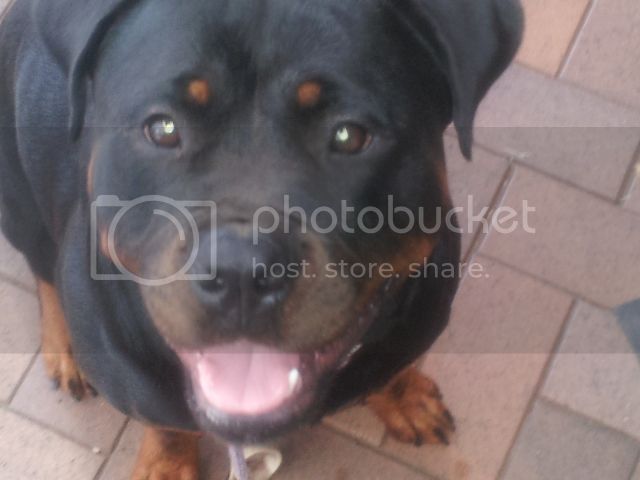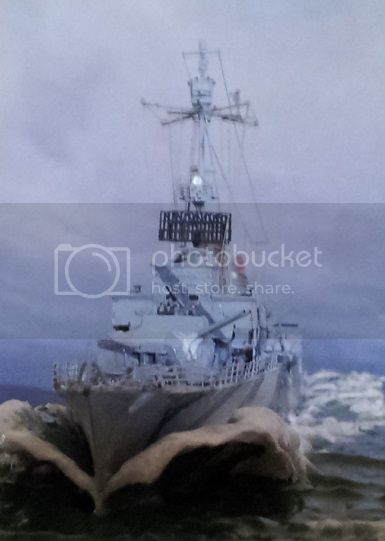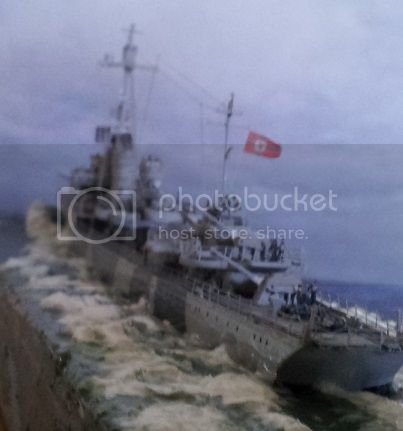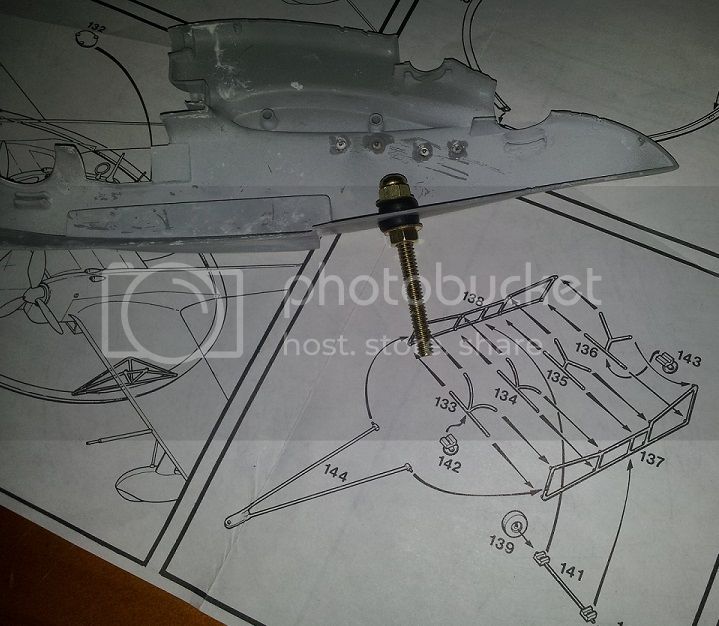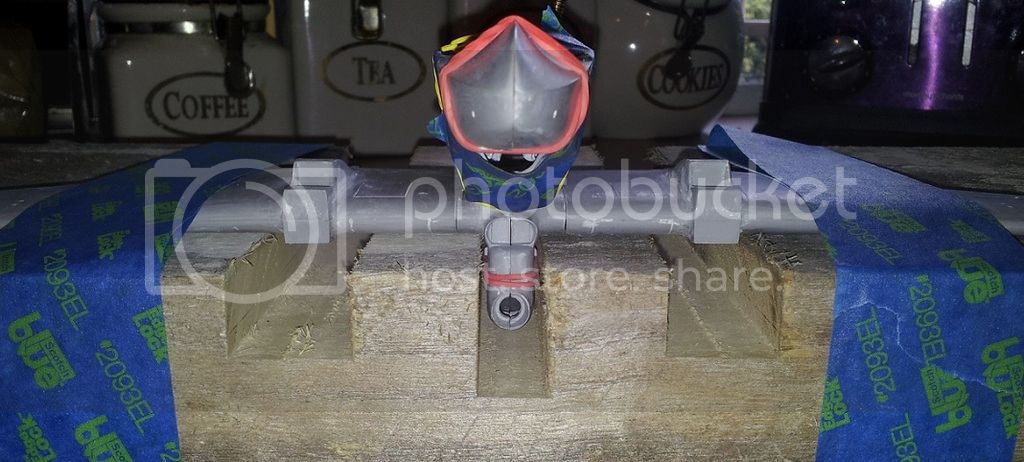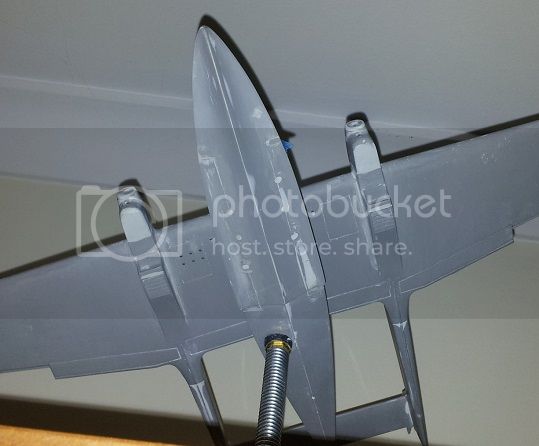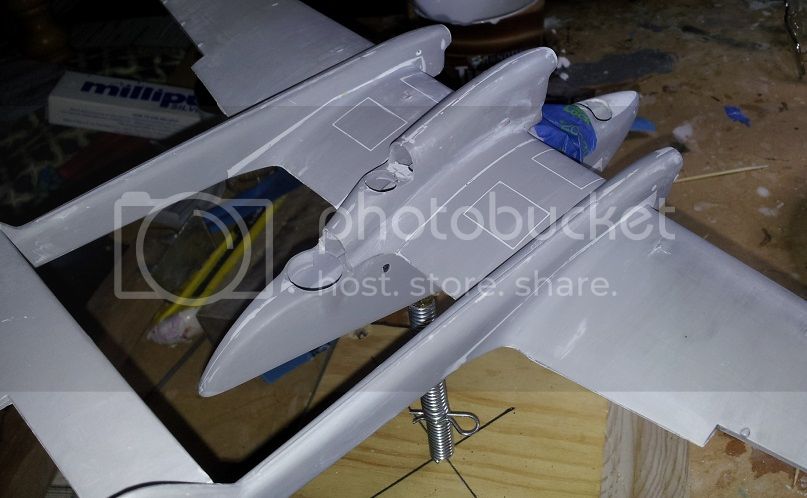Quoted Text
Hi Joel,
Thanks for your response. I fear staining/fogging the canopy with whichever solvent I might use. Seems to my memory that was what would happen years ago. I imagine I could experiment by painting on some sprue.
Thank you for reading!
Gary
Gary,
If you used an acrylic base paint, then Iso Alcohol or Denatured Alcohol should remove it, and not fog or damage the canopies.
Another option could be to just use masking tape on both sides of each canopy frame as you work that area, and lightly sand with 400-600 wet emery cloth, with the goal to just get it smoother, then do a complete re-masking and repaint.
Joel











